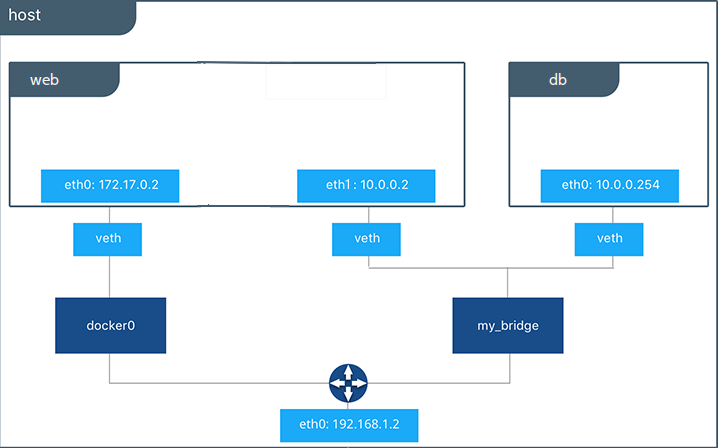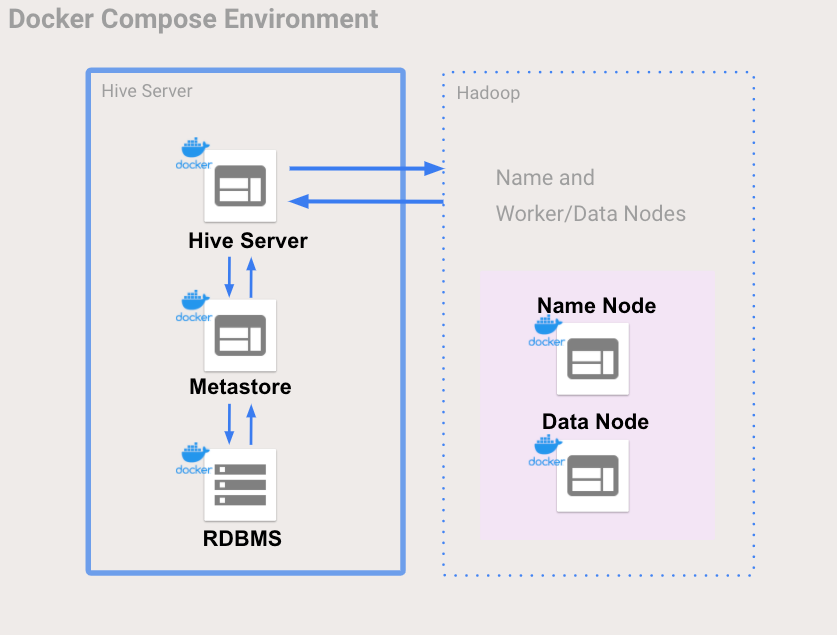

- #DOCKER SET IP ADDRESS OF CONTAINER HOW TO#
- #DOCKER SET IP ADDRESS OF CONTAINER INSTALL#
- #DOCKER SET IP ADDRESS OF CONTAINER FREE#
I will not cover traefik.toml setup from scratch in this blog post. If you haven’t set up Traefik yet, check my previous blog post about the base setup of Traefik v2. If you use Traefik as your gateway to these dashboards, you can specify IP whitelists to give access to specific IP addresses or ranges. Same applies to dashboards and admin interfaces, such as database admin panels (pgAdmin, phpMyAdmin, Mongo express and others). For example, a lot of brute force attacks can be prevented if we limit SSH access to our server to only a handful of IP addresses (for instance, our VPN server and our office IP addresses). A big part of this is giving access to critical resources to as few people as possible. Security is an important consideration when building web based systems.
#DOCKER SET IP ADDRESS OF CONTAINER HOW TO#
sbin/ip in it) docker run -cap-add=NET_ADMIN -add-host worker1:172.17.0.8 -add-host worker2:172.17.0.9 -name=worker1 -h -d -it myimages/image1 /bin/sh -c "/sbin/ip addr add 172.17.0.Post contents: In this blog post I provide an example on how to set up IP whitelist for Docker containers, such as database interfaces and private monitoring dashboards using Traefik v2.

Second (obviously required) assign a ip to the running container (use Ĭontainer run command: docker run -v /var/run/docker.sock:/var/run/docker.sock -name=conductor1 -d -it myimages/conductor bashįirst (not absolutely necessary) add entries to /etc/hosts to locate partners by ip or name (option -add-host) Image build command: docker build -tag=myimages/conductor -file=Dockerfile. # export /var/run/docker.sock so we can connect it in the host

#DOCKER SET IP ADDRESS OF CONTAINER INSTALL#
RUN apt-get -yqq update & apt-get -yqq install docker.io Image created with this Dockerfile FROM pin3da/docker-zeromq-node A "conductor container" is able to run docker commands by itself (inside) so to start and stop containers as needed.Įach container is configured to know where to connect to access a particular role/container in the dist-app (so the set of ip's for each role must be known by each partner). My target scene: setup a distributed app with containers playing different roles in the dist-app. Then run bash, just to not have the container automatically stopped.
#DOCKER SET IP ADDRESS OF CONTAINER FREE#
Inside the container run ip addr add 172.17.0.8 dev eth0 to add a new ip address 172.17.0.8 to this container (caution: do use a free ip address now and in the future). cap-add=NET_ADMIN have rights for administering the net (i.e. This worked for me: docker run -cap-add=NET_ADMIN -d -it myimages/image1 /bin/sh -c "/sbin/ip addr add 172.17.0.8 dev eth0 bash" Using this approach I run my containers always with net=none and set IP addresses with an external script. $ sudo ip netns exec $pid ip route add default via 172.17.42.1 $ sudo ip netns exec $pid ip addr add 172.17.42.99/16 dev eth0 $ sudo ip netns exec $pid ip link set eth0 up $ sudo ip netns exec $pid ip link set dev B name eth0 # rename to eth0, and activate it with a free IP # Place B inside the container's network namespace, $ sudo ip link add A type veth peer name B # bind the A end to the bridge, and bring it up # Create a pair of "peer" interfaces A and B, # Check the bridge's IP address and netmask $ sudo ln -s /proc/$pid/ns/net /var/run/netns/$pid # for the "ip netns" command we will be using below # and create its namespace entry in /var/run/netns/ $ sudo docker run -i -t -rm -net=none base At another shell, learn the container process ID I'm using the method written here from the official Docker documentation and I have confirmed it works: # At one shell, start a container and


 0 kommentar(er)
0 kommentar(er)
